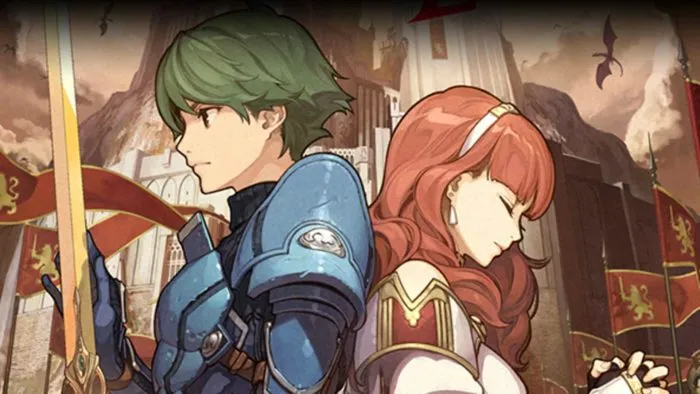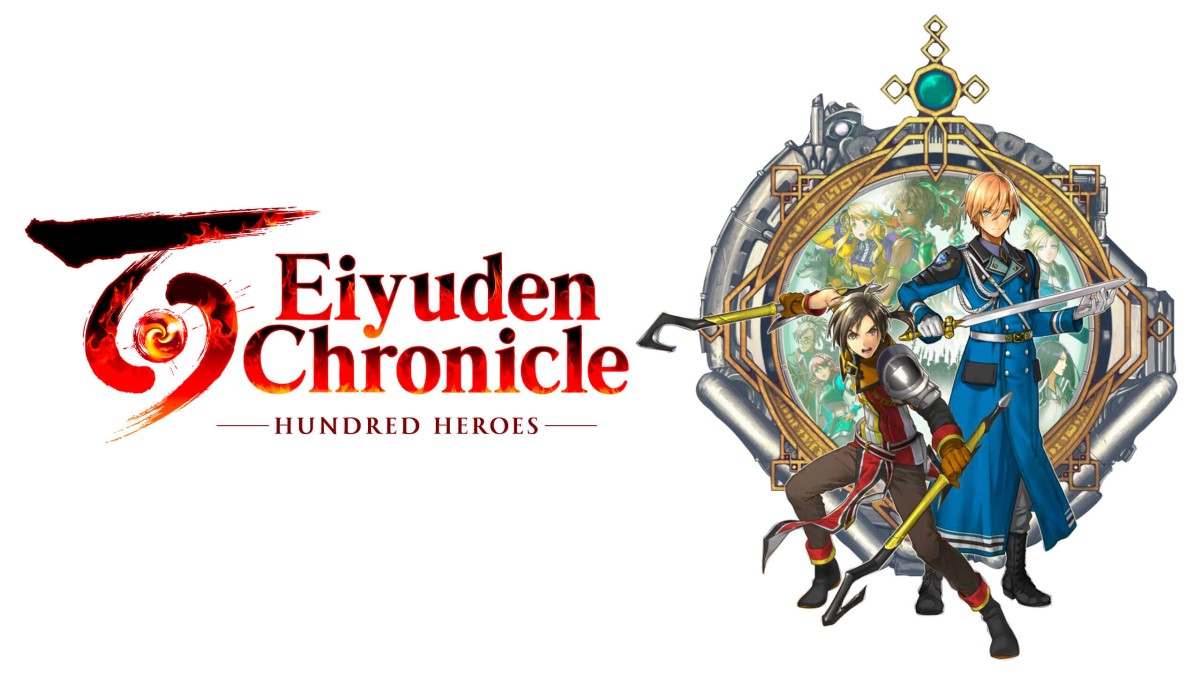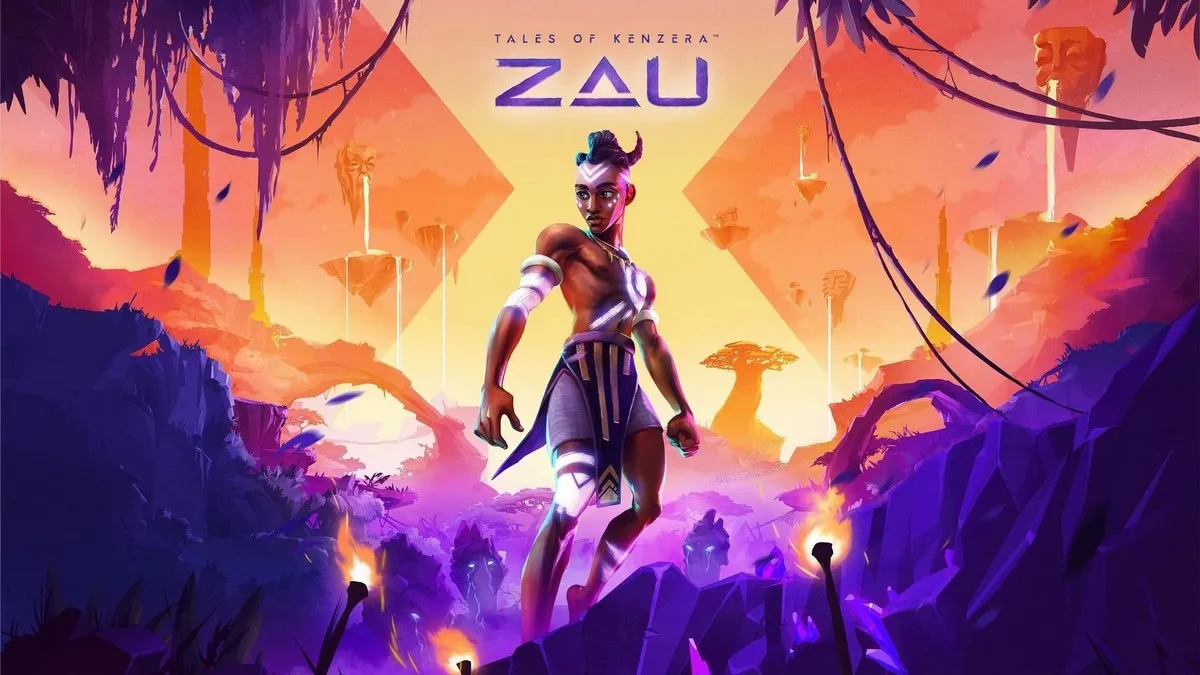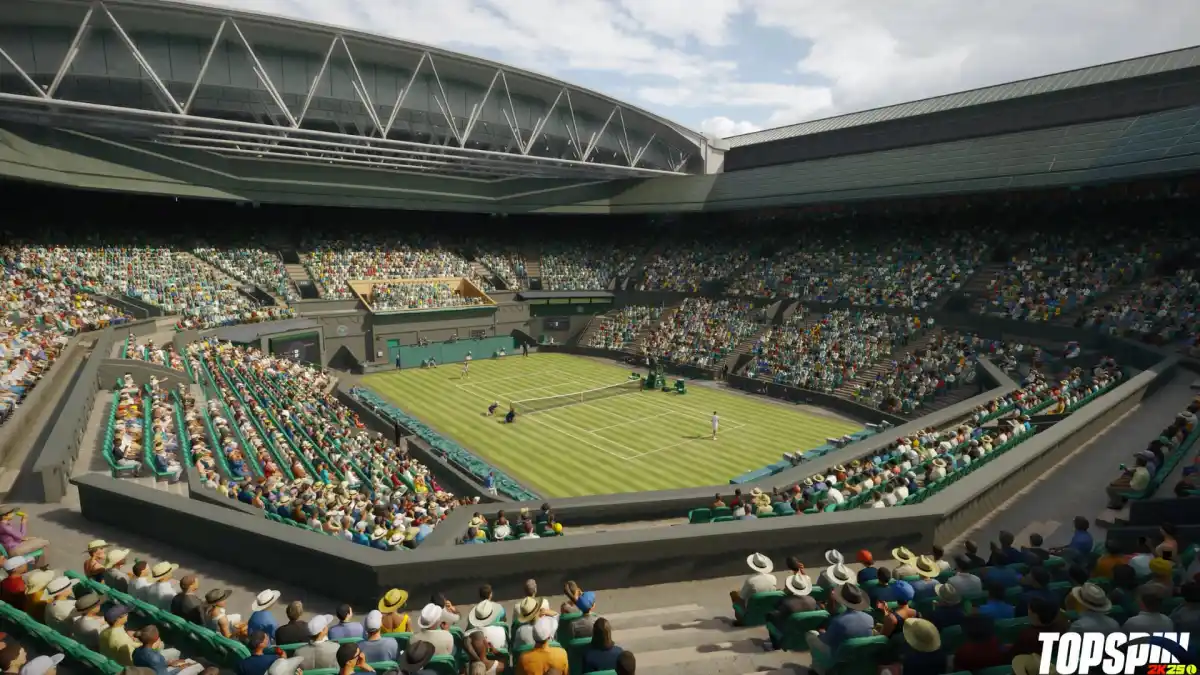Fire Emblem Echoes: Shadows of Valentia on Nintendo 3DS
Fire Emblem Gaiden, released in 1992, is a bit of a black sheep in the series that sadly never made its way West. It wasn’t necessarily a problem with quality that made it this way though, as Gaiden is significantly different from the usual Fire Emblem formula. Those differences are starkly clear in the remake Fire Emblem Echoes: Shadows of Valentia, a title that feels functionally changed from the formula we’ve been seeing for years. It’s an experience that some fans may have a hard time adjusting to, but one that’s still incredibly rewarding in Fire Emblem fashion.
Fire Emblem Echoes tells the story of dual protagonists, Alm and Celica, a pair with a specific destiny who’ve known each other since childhood. In traditional Fire Emblem fashion, the continent of Valentia, split between the countries of Rigel and Zofia, has been torn apart by war. This conflict sets the stage for Alm and Celica, as they each come to Zofia’s defense in their own way.
The progression of Echoes is actually split between Alm and Celica’s stories, who each build separate armies. You move each army along a world map, engaging in different battles and visiting locations. After the initial chapter following each, you have free reign to move each army however you want, progressing the two stories at your own pace. It’s a novel system that really increases the scope of the overall conflict in Echoes, not to mention having to play around with the differences between your two armies. Celica’s army is much more magic-focused, while Alm’s is based around physical attack, strength, and defense.

The story presentation itself in Echoes is a step above what we’ve seen from the series so far. Dialogue is presented with character portraits like always, and important events are animated with gorgeous and action-packed cutscenes. The big difference, however, is that all major story dialogue is now voiced. There’s an incredibly amount of voiced lines within the game, and I found myself impressed by the overall quality of performances. Nearly every performance does a great job, really adding personality and depth to each character in the game.
Unlike previous Fire Emblem games, Echoes doesn’t really play out in a linear fashion. Chapters are made up of a series of battles and events, instead of one battle being a chapter. Enemy locations can spawn units that roam the world map, starting battle with you if you land on the same spot. There are also a number of villages and locations that you can explore.
While within towns and castles, you have a number of options – talking to nearby characters, examining the room you’re in, and moving to another room. The examination system works similarly to a first-person dungeon crawling game, letting you move your cursor around the screen to pick up objects or click on something to hear your main character react to it. You’re also able to talk to your units or party members within these areas, with all dialogue voiced and shedding a little light on each one’s backstory or personality. Although the sheer number of units may not be as high as other Fire Emblem games, there’s a great variety to the units in Echoes, with some truly memorable and likable characters.

More than most Fire Emblem games, Echoes does a great job of building camaraderie between its characters, and making you care about them throughout the course of your journey. The story starts out slow, but ramps things up as you progress, telling a rousing tale of war and duty, sprinkled with themes like class discrimination. By and large, Echoes feels like a more grounded and gritty tale, compared to some of the high fantasy stories like with Fates.
These sequences take the place of the support systems introduced with Awakening and Fates. There’s still a support system in place in Echoes, boosting character’s relationships as they battle near each other, but it’s more like older titles in the series. You can view support conversations while in battle, and rewatch them later, but there’s no kind of unit pairing like you’d expect from the last couple of entries.
Some of the biggest differences with Echoes comes in the form of its battle system, a far cry from what fans are used to with recent games. The weapon triangle of the series is completely gone, instead replaced with a system entirely based on stats. For example, calculating damage now compares a unit’s attack against the other unit’s defense, so however many points attack is above defense is the damage you’ll cause. The same is true for magic and resistance. Other series traditions are also done away with; flying units are no longer weak to archers, weapon degradation is gone, magic saps a character’s HP to use, units can only equip one item at a time, and archers can attack from one space.
There’s a myriad of differences present in Echoes, and they definitely take some getting used to after so many Fire Emblem games using the same formula. Ultimately, however, once you’ve wrapped your head around the new systems, they work like a dream, and demand some serious strategy and planning with your entire army. Many of these systems give Echoes a distinct RPG feel, as units can all attack infinitely with their basic weapon, and you can equip them with stronger equipment. There’s a sense of progression in the game not even found in other Fire Emblem titles, as you really get the sense your characters are growing, especially as they gain two or three class promotions eventually.
The difficulty in Echoes is a bit tricky at times, as the first chapter of the game is a bit of a breeze. I found myself worried by the lack of difficulty at first, especially since battle maps were a bit drab and empty during this section. The good news, however, is that the game really ramps up the difficulty as you progress, and I mean really ramps it up. By chapters 3 and 4, you’ll have swarms of enemies launched at you, with enemy units that can easily summon more to the battlefield, special abilities used against you, and hazards on the map themselves.

It really feels like the beginning of the game is easing you into its systems, letting you learn the ropes before completely dropping you into the deep end. Multiple battles in chapter 3 had me wading through poisonous swamps while enemies swarmed me. Even in some of the more barren maps, the game throws enemies at you from multiple directions, closing you in a pincer movement and forcing you to change your strategy on the fly. There are some truly challenging battles that take place, and you’ll need to make sure to train up your armies.
Despite the high difficulty, Nintendo has taken steps to keep Fire Emblem Echoes more accessible to newcomers. From the get-go, you can select between Normal and Hard difficulty, as well as Casual and Classic mode, with Classic keeping units dead if they die during battle. There’s also a feature called Mila’s Turnwheel that lets you move back time to a previous turn during battle. There is a limit to how much you can use this item in one battle however, and purists can choose to opt out of the more accessible features entirely if they want.
Another major change in Fire Emblem Echoes comes in the form of fully explorable 3D dungeons. These areas give you full control of your character, and feel sort of similar to something from a Persona game. There are crates to smash and enemies lurking around waiting to attack you. Running into an enemy on a dungeon map brings up a small, traditional grid-based Fire Emblem battle. The dungeons themselves are fairly basic, although each one is visually different and can feature very basic puzzles.
There’s nothing exceptional to the dungeon design, but the rewards for exploring them are definitely worth it. New weapons and items lie in wait, as well as statues to promote your units, and stat-raising fountains. Because of this, dungeons feel rewarding and exciting, even though their design isn’t inherently exceptional. The only issue that arises comes with the stream of battles, and as you explore some of the later dungeons and fight more enemies, the sheer number of battles you engage in can really slow things down. Engaging in multiple battles can cause your units to become fatigued, reducing their stats and making battles even more challenging. Luckily, this can be relieved with healing items and food.

The visual presentation of Echoes is phenomenal, just like Fates and Awakening. Character art is gorgeous, and battles look better than they ever have on the 3DS. To match the story tone, character designs are also more grounded and realistic, even when considering fantastical creatures and elements. The remastered soundtrack also does a great job of contributing to the overall tone, although some of the more repetitive songs can grind on you as you hear them over and over in battle.
The game also comes packed with amiibo support, letting you summon the Phantoms of amiibo in battle, and unlocking two exclusive dungeons with the Alm and Celica figures. Sadly, the amiibo characters are incredibly overpowered even though they only last one turn, and can easily tip the scales in your favor.
While Fire Emblem Echoes has the core series experience, it does end up feeling wildly different than other entries. The lack of a weapon triangle makes the game feel lacking at first, although the systems get much deeper and more engaging as you progress through its 30-40 hour runtime. The opening hours of Echoes do feel surprisingly slow, and the number of extra battles and grinding present in the game can definitely slow things down. Still, despite its slow start, Echoes tells an engaging story, propped up by likable characters, strong performances, and some challenging battles.
It’s hard to say if the changes made in Echoes will be for everyone, especially fans that may have started with the more recent entries. Even so, it’s refreshing to have a Fire Emblem game that feels so different, even though it’s actually a remake of a 25 year old game. The spirit and backbone of Fire Emblem is still present, and it’s an experience that only gets better the more you play.






